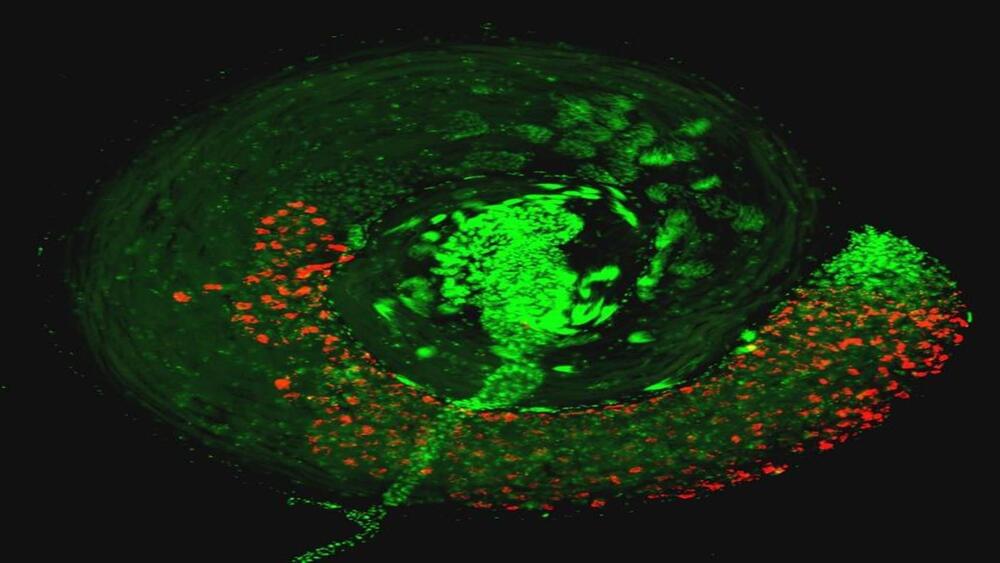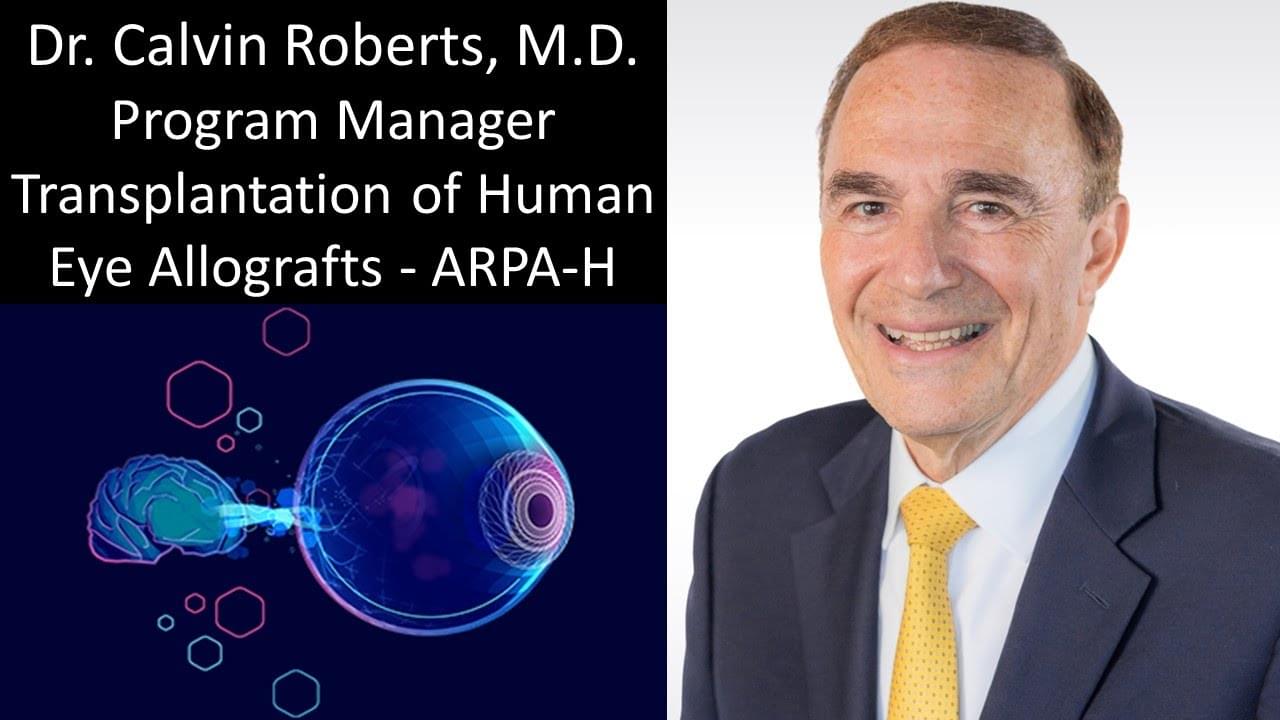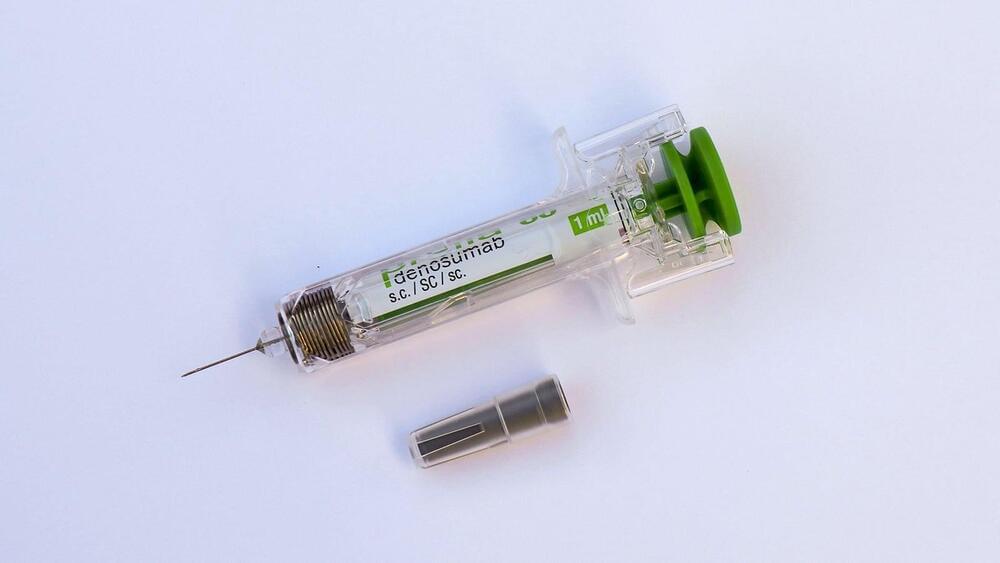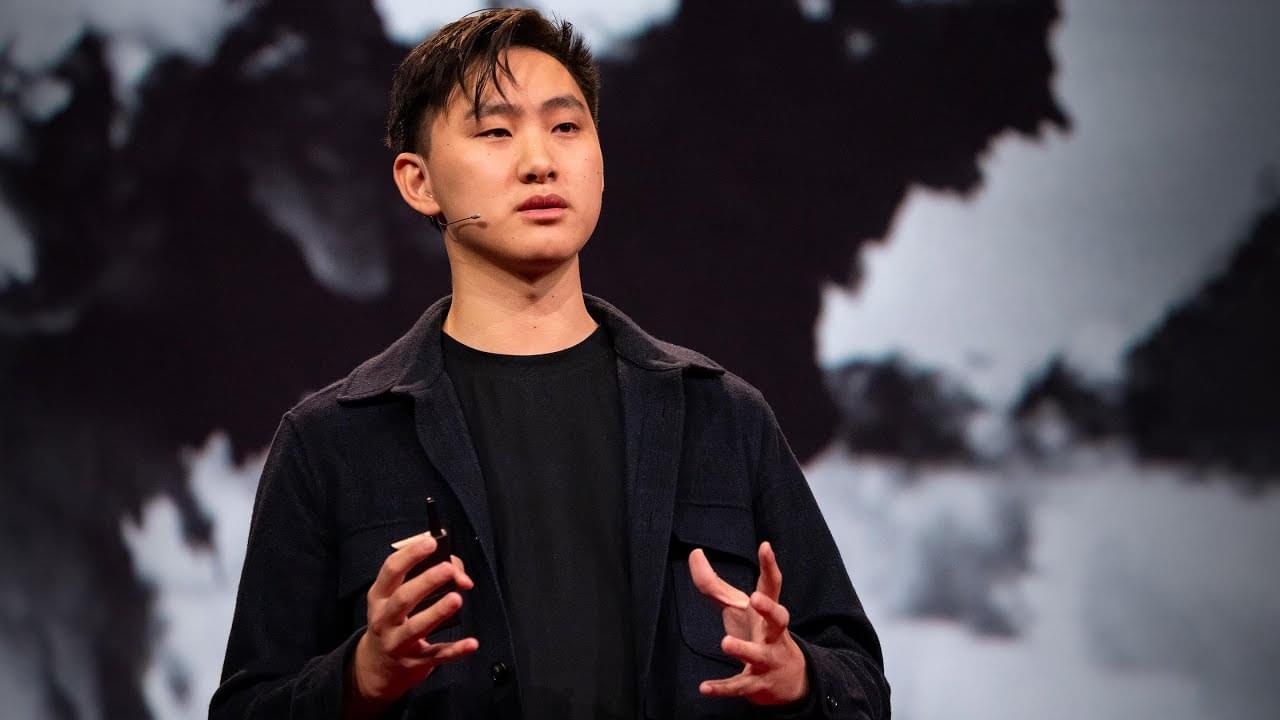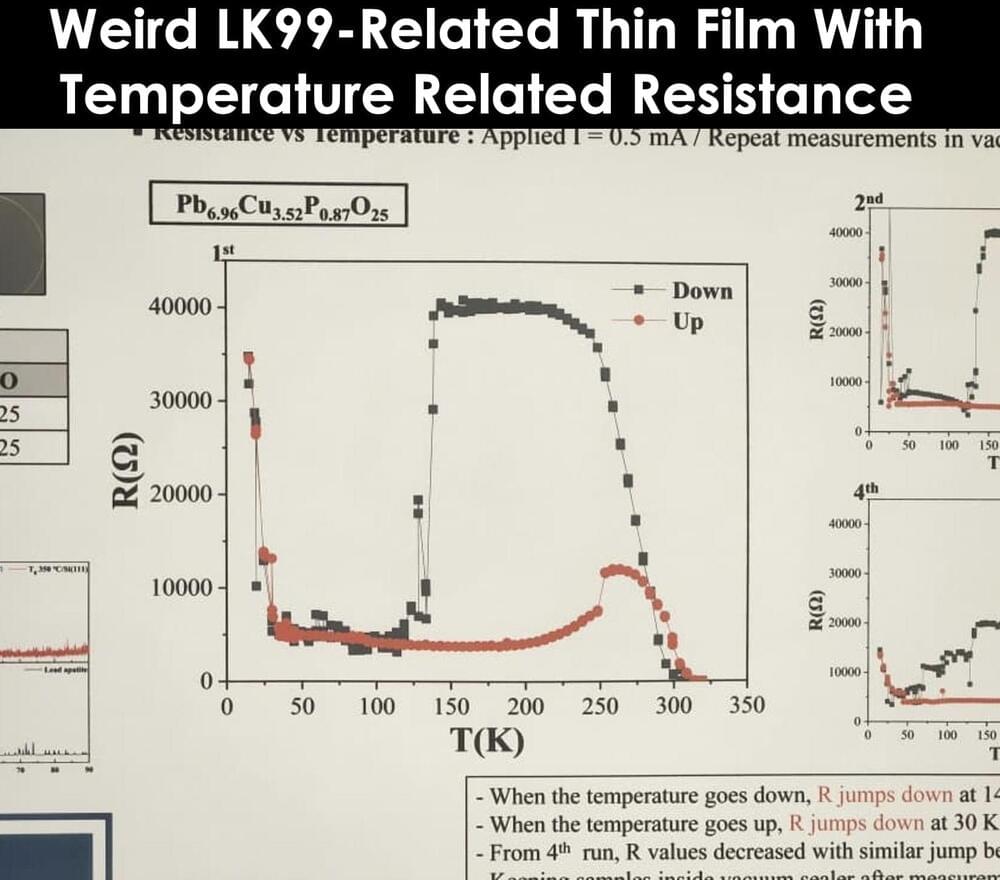Without a more comprehensive set of big data, AI algorithms are more likely to generate an inaccurate or incomplete data model. Insufficient data leads to a model that is not capable of predicting outcomes with the level of accuracy that’s needed in the real world.
Anyone with experience in the art market also knows that markets can fluctuate without any indication as to why. AI will not have the answer. Tech entrepreneur Boris Pevzner, founder of AI-powered data platform Live Art, asserts that while AI is a tool that can be used as an indicator, it is not something that can predict any real-world auction prices.
Although AI is becoming increasingly prevalent in the art business, it does not have to be seen as a threat. Many people view AI as a dangerous tool, but AI does not need to be perceived in this way. Instead of a replacement for human expertise, we should see it as a tool of advancement to be used alongside humans to improve the quality of their work.


